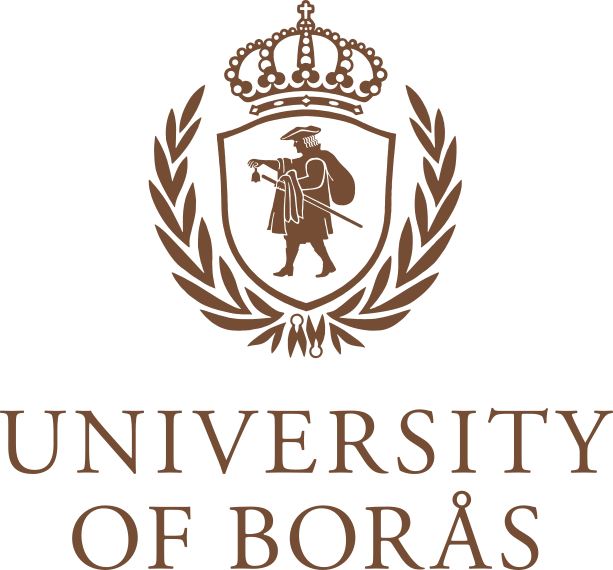Future circular business models: Designing systems for large-scale repair of clothing
Start date: 2025-09-15
End date: 2027-09-15
Currently, a significant amount of clothing is discarded due to minor defects such as small holes or stains, resulting in the loss of many otherwise high-quality and attractive garments. This issue is expected to be addressed through this research project coordinated by the Swedish School of Textiles.
The project begins by identifying and analyzing different fractions of discarded garments to determine possible methods for repair and refurbishment. Based on these insights, a prototype collection of restored garments will be developed. Consumer reactions to this collection will then be evaluated through an eye-tracking experiment combined with in-depth interviews. These studies aim to provide an understanding of consumers’ perceptions, reasoning, and attitudes toward purchasing repaired clothing.
In the final phase of the project, the need for coordination between key operational areas—such as collection, sorting, repair, transport, and store presentation—will be examined. The purpose is to support the development of sustainable, circular business models focused on clothing repair. This part of the research will largely be based on interviews and workshops with relevant stakeholders, including clothing collectors, apparel companies, and a company offering repair and refurbishment services. Observations of existing facilities and working methods will also form the basis for the analysis.






